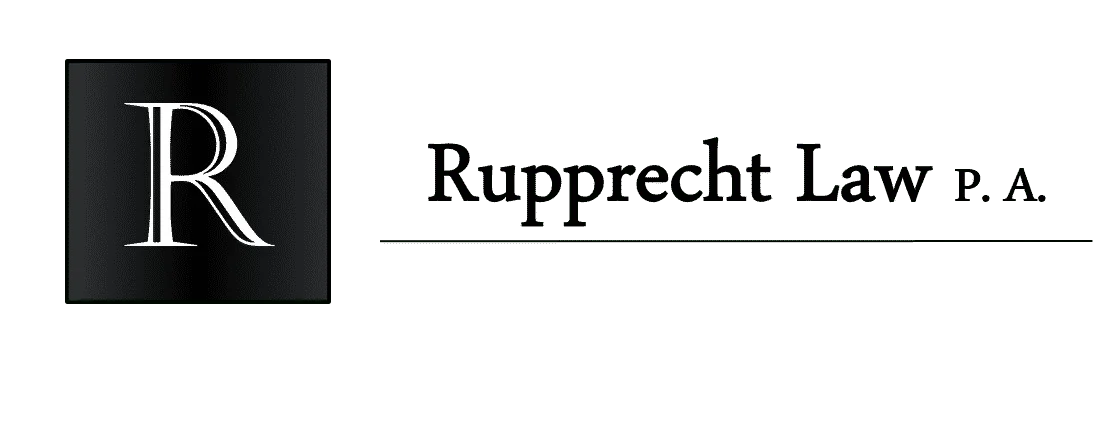Farming drones are transforming modern agriculture by enabling precision farming techniques such as aerial spraying, crop monitoring, seeding, fertilization, and livestock management. These drones help farmers increase efficiency, reduce costs, and minimize environmental impacts.
However, agricultural drone operations fall under a complex set of FAA, state, and environmental regulations. Spraying drones, in particular, are treated as agricultural aircraft and must meet both aviation safety standards and pesticide regulations. For farmers and agribusinesses, legal guidance is essential to operate these drones without regulatory or liability setbacks.
Why Legal Guidance Matters
Improper or unauthorized farming drone use can expose operators and clients to:
FAA enforcement actions for uncertified spraying or heavy-lift operations.
Civil liability for crop damage, personal injury, or off-target chemical drift.
Environmental penalties if pesticides or fertilizers affect protected areas or waterways.
State regulatory fines, since many states require licensed pesticide applicators.
Insurance exclusions, as standard farm insurance may not cover drone operations.
How We Support You
We help farmers, agri-tech companies, and service providers safely and legally integrate drones into agricultural operations by:
Structuring compliance withFAA Part 107, Section 44807, and Part 137 requirements.
Advising on airworthiness certification for large spraying drones.
Assisting with state pesticide applicator licensing and environmental compliance.
Drafting contracts and liability frameworks to address risks like drift or equipment malfunction.
Ensuring adequate insurance coverage for aviation, crop, and environmental risks.
Providing guidance on data rights and privacy policies for crop imagery and farm analytics.
Services
- Waivers Learn more…
- Exceptions Learn more…
- Demonstrations Learn more…
Guides
- Drone Sprayers: Laws, Mistakes to Avoid, Money Saving Tips. Learn more…
- Ultimate Guide to U.S. Drone Regulations. Learn more…
- Free Part 107 Test Study Guide For FAA Remote Pilot Airmen Certificate. Learn more…
- Ultimate Guide to FAA’s Part 107 (14 CFR Part 107). Learn more…
Drone Insurance Guide from Attorney/Flight Instructor. Learn more...
FAQS
Do farming drones require FAA approval?
Yes. Any commercial agricultural use (crop spraying, planting, mapping) must comply with FAA regulations.
Under 55 lbs → Governed by Part 107 (registration + Remote Pilot Certificate).
Over 55 lbs→ RequireSection 44807 exemptionorSpecial Airworthiness Certificate.
Spraying operations may requirePart 137 Agricultural Aircraft Operations Certificate.
Do agricultural spraying drones need special certification?
Yes. Spraying drones are classified as agricultural aircraft. Operators need:
FAA exemption under Part 137.
Proof ofairworthiness and safety mitigations.
State-level pesticide applicator licenses (varies by state)
What licenses must drone operators hold?
Remote Pilot Certificate (Part 107) for all commercial drone operations.
Part 137 certification if applying pesticides/fertilizers.
State pesticide applicator license (often required by agriculture departments).
Do agricultural drones require BVLOS waivers?
Yes, often. Crop spraying and large-area surveys usually require Beyond Visual Line of Sight (BVLOS) operations. Waivers are needed for:
BVLOS operations.
Operations over people or vehicles (e.g., farm workers).
Night operations for large-scale farm monitoring.
Are there weight limits for agricultural drones?
Small monitoring drones (<55 lbs)→ Part 107.
Large spraying drones (>55 lbs)→ Need44807 exemption+ Part 137.
How long does FAA certification take for farming drones?
Part 107 Remote Pilot Certificate: weeks.
Part 137 Agricultural Certificate: 6–12 months.
Section 44807 Exemption (>55 lbs): 6–12 months.
BVLOS/Night waivers: 3–6 months.




